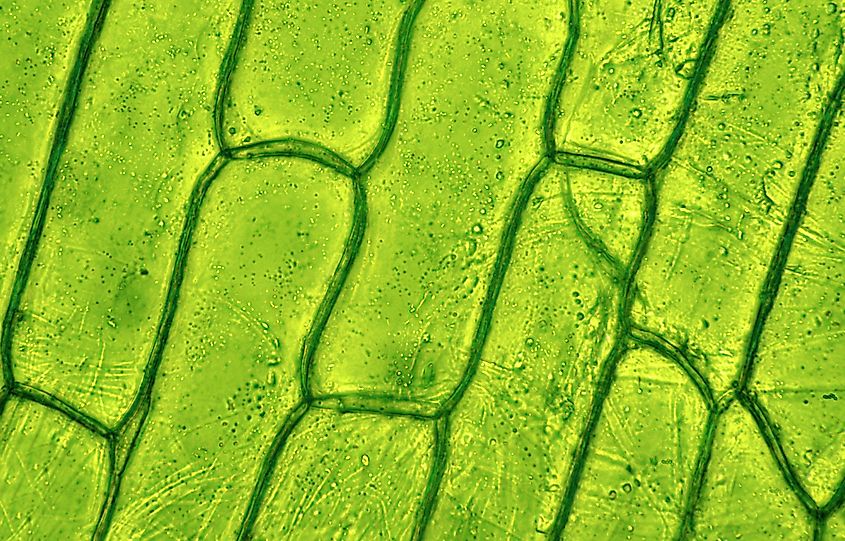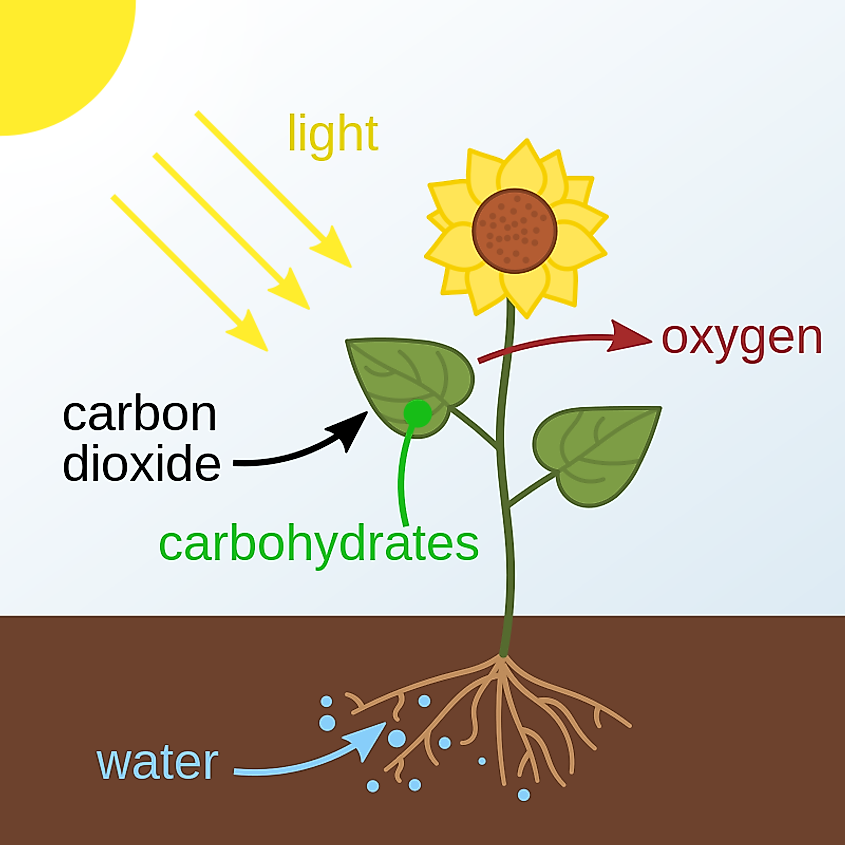
Why Are Plants Green?
Light is vital to all life on Earth. Light travels in wavelengths that we measure on a spectrum. The human eye can detect light wavelengths between 380 to 730 nanometers (nm). Shorter wavelengths appear violet/blue while longer wavelengths look red. The intermediate ones are green. Plants generate their energy as glucose through a process called photosynthesis. Light is necessary for photosynthesis, and the visible range of wavelengths is thus photosynthetically active. However, the degree to which each wavelength stimulates photosynthesis differs. Chlorophyll, a pigment that gives plants their green color, absorbs light (usually sunlight), driving photosynthesis. Chlorophyll in plants responds best to blue and red light. It minimally absorbs green light. Humans perceive objects as colors when they reflect light. Plants do not absorb green light wavelengths, they reflect that light instead. Our eyes therefore see the reflection of green light.
Other Pigments In Plants

Because of evolution, plants absorb longer wavelengths (red) despite their low energy. Plants developed when Earth had a higher presence of carotenoids. Carotenoids, or tetraterpenoids, comprise yellow, orange, and red organic pigments produced by plants, algae, bacteria, and fungi. Thus, plants evolved to absorb red light effectively to compete with carotenoids. They absorb the blue light because its wavelength is the shortest and contains the most energy.
Summary

We measure visible light on a spectrum. The human eye can detect light wavelengths between 380 and 730 nanometers (nm). Shorter wavelengths appear blue while longer ones look red. The wavelengths in between are green. The reflected light is what we perceive as color. Plants absorb a minimum amount of green light. Instead, plants reflect most of the green light. Therefore, plants are perceived as green due to the reflection of light. Plants evolved to absorb red light effectively despite its low energy to compete with other species. Shorter (blue) wavelengths are high in energy. Thus, plants also absorb them in addition to red wavelengths.











